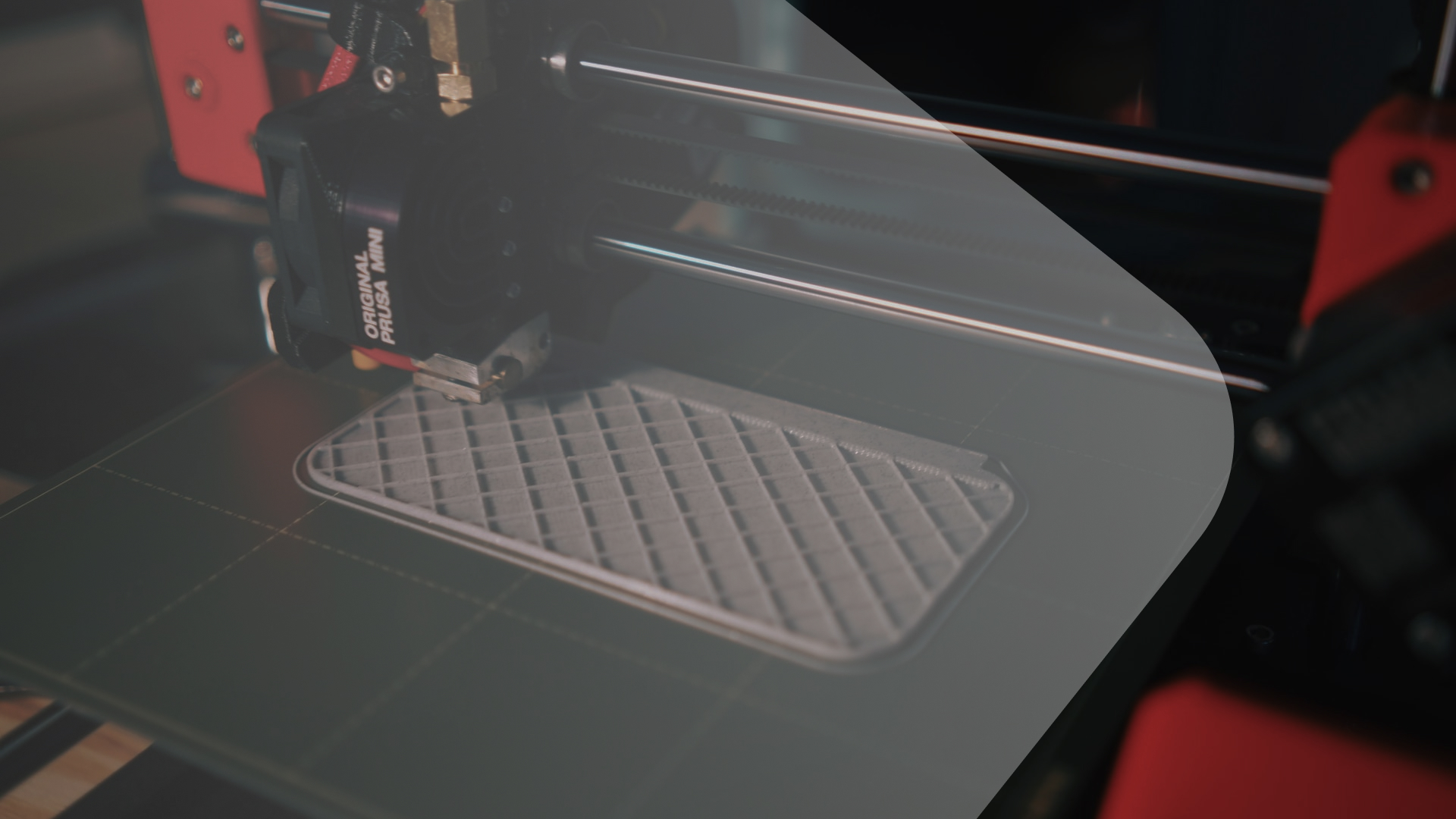The average cost of 3D Printing per hour
It costs money to run a printer. In addition to the cost of the initial printer, it is also necessary to consider the cost of consumables like towels, isopropyl alcohol, and rubber gloves. However, it is important to ensure the printer consumes a reasonable amount of Kilowatt-hours.
Based on its powered components, a 3D printer uses a certain amount of power per kWh. Fans, stepper motors, hot end nozzles that melt filament, and a heated build platform are some of the parts of a printer that use a lot of electricity.
In addition to the printer, speed, material, and applicable 3D printing technology, certain factors determine power bills.
We may need to consider the following factors to answer the question of how much to charge hourly for running a printer:
How much power is used?
As layer thickness decreases, printing will take longer, resulting in greater overall power consumption. Having a good heating efficiency on a print bed or hot end will result in less power being used since the temperatures don’t have to be kept hot all the time. There are many factors, which determine 3D printer power consumption. Your 3D printer’s setup parameters will have a significant impact on its power consumption. Knowing the process of 3D printing will enable you to print high-quality products with less electricity.
The wattage required for a 3D printer depends on its design and the length of the printing process. A 30A 12V printer, for example, consumes 360 watts and most standard printers consume 50 watts per hour.
What Factors Contribute to the Power Consumption of a 3D Printer
Heating at the Hot End
The hot end remains one of the most power-consuming parts of a 3D printer. The nozzle’s power consumption is particularly high.
The amount of power consumption depends on the temperature you choose. Depending on the filament type, higher-temperature filaments, such as Nylon and ABS, consume more power.
Heating of the Printer Bed
Temperature settings for the printer heated bed are closely related to those for the hot end nozzle. In the 3D manufacturing process, it enhances bed adhesion and prevents objects from warping.
This problem is more acute when working with high-temperature filaments.
Regarding the heating of the heated bed of a 3D printer, there are two issues that stand out. The first is the temperature, while the second is the size of the heated bed.
The higher the temperature setting and the larger the print bed, the more power is consumed.
Heat Losses
Three-dimensional printer components such as stepper motors and Z-axis can reach temperatures as high as 200 degrees Celsius and remain at that temperature for the majority of the printing process.
Inevitably, there will be heat losses, and the only way to compensate for them may be to heat continuously.
If you can find a way to cool down the heating components, you can reduce power consumption.
Stepper Motors
Stepper motors are used in 3D printing in two important sets. During 3D printing, the first set controls the extruder gear, while the second controls the nozzle motion.
Stepper motors are small and consume relatively little power. They run for the entire duration of the 3D printing projects, accumulating high costs.
Control Board
Multiple electrical components control the printing process on the control board. In its role as the printer’s brain, it controls all the other movable parts. Although it doesn’t use a lot of power, overall power consumption can be significant over time.
Is there a way to reduce electricity costs when using a 3D printer?
- Consider a small 3D printer.
- You can also use 3D printing materials that don’t require a heated bed or hot nozzles (PLA).
- Make 3D prints faster by implementing 3D printer settings.
- Upgrade your nozzle to a larger size so your prints don’t last as long.
- You should 3D print in a relatively warm environment.
When it comes to lowering your 3D printer’s power costs, it comes down to finding ways to speed up your prints while using less heating.
If you want to speed up prints, you can use a bigger nozzle, use less infill, print less often, or print more things at the same time rather than separate ones.
The majority of electricity is used by the heating elements, so reduce the heat to save more.
Because the associated costs aren’t that high, this usually isn’t a problem. The filament itself is definitely going to cost more than the electricity.
How much does it cost to clean a printer?
In order to print a brand new object, you must clean it properly before printing. To do that, you will need cleaning liquids and tools. The majority of 3D printer users will use paper towels, acetones, and a straight and solid ruler. The total costs are very low, just around $10 for acceptable tools. If you know how to properly clean, the process won’t take much time. Meanwhile, if you are too busy or just don’t want to clean the printer yourself, then you might consider taking it to a cleaning service. It will cost you somewhere around $50 to make your printer as clean as new and always ready to print.
Replacement Costs
Some parts of the three-dimensional printer will wear out over time. Therefore, you will have to replace the old parts with new ones. Particularly parts that are usually exposed to heat, such as the print head or the heating bed. The cost of these will be largely determined by the manufacturer. Prices may vary depending on your location, shipping fees, and government policies.
The first thing you need to know is how much electricity costs where you live. The second thing you need to know is the voltage requirement of the printer. Lastly, look at how long it takes to complete the printing process. Multiplying all the numbers by order will easily give you the cost.
There are several factors that can affect how much a 3D printer will cost to run per hour
The costs will depend on a number of factors, especially if you are tackling a serious project. These are some things that are likely to affect the costs in a significant way.
The Materials
You may already know that the printers work by heating solid material and printing it layer by layer. Materials with a lower melting point will use less electricity. PLA is a good example. The same is true for materials that melt at a higher temperature, like ABS plastics or metallic materials.
The cost of 3D printer material per gram/per meter
The most common 3D print materials are PLA, ABS, PETG, Nylon, TPU, TPE, ASA, Resin, Polycarbonate, and other special materials. Prices range from $5 to $1000 per kg! Basically, it all depends on the quality and the quality in kilograms or meters, as well as the type of material. Compared to PLA and other filaments, the resin is relatively more expensive. Under $10 filament is the cheapest.
The Building Plates
Upon exiting the nozzle, some materials with a low melting point will quickly cool off. In most cases, the solution is to use a heated building plate, which will eat up a lot of power. It’s just that you use a low heating point material at first, so you reduce the power consumption. But it cools down too quickly, so you need a heated bed, which will cost more power. This problem can be solved by printing in a warm or hot environment.
The Nozzle
Additionally, the print head plays a significant role in power consumption. By extruding less material, a smaller print head will produce a more precise object. In other words, it will take longer to finish the printing process, and it will consume more power. Furthermore, a larger print head will extrude more material at the same time, but with less precision. The printing process will take less time, which will reduce the printing time and lower the power consumption.
The Printer Itself
If you’re trying to reduce your power costs, you might want to consider a smaller 3D printer. Usually, big printers come with lots of features, which use a lot of power. Even though a small 3D printer may not have all the fancy features, it will help lower the costs. Additionally, if you are 3D printing as a hobby, a small 3D printer will work just fine.
The Printing Settings
The thicker the lower layer, the longer it takes to print. As a result, the overall power cost of the printing process will increase. Additionally, if you are currently ironing the object, you might want to turn off the ironing feature. The ironing process will increase printing time and costs. You can sand them manually if you want to cut costs, but this will take a lot of time.
Post Printing Process
Once the printer has finished printing the object, it is now your turn to work with it. When people receive a new object, they often remove it from the plate and sand it down. You can charge your customers for these tedious and exhausting tasks. Several people don’t consider this a cost, but spending your time is a cost. Make sure you count it, and do not waste time.
Is There Anything That Will Affect The Printing Time?
The 3D Model
A simple model will offer a faster printing time than a more complex one. To speed up the printing process, if your model has any little details that can be carved manually, you should remove them so you can carve them later.
The Model Volume
If you have a three-dimensional model, you can calculate its total volume, including the support parts. Knowing the total volume will help you estimate how much it will cost to print. It will also include how much material will be consumed, how much time will be spent printing, and how much electricity will be consumed. To put it simply, the volume of the model will have a greater impact on its cost. You can reduce the cost by hollowing out the model. However, this will affect the object’s strength. In other words, you’ll have to decide between a sturdy model and a low-cost model.
Final thoughts
Even though printing 3D objects uses a fair amount of electricity, when you take into account the cost of filament, it doesn’t add that much to the total cost.
It is important to keep in mind, however, that running a printing farm with 20 printers will add up in costs, and this is something you should consider and perhaps find a way to reduce.







